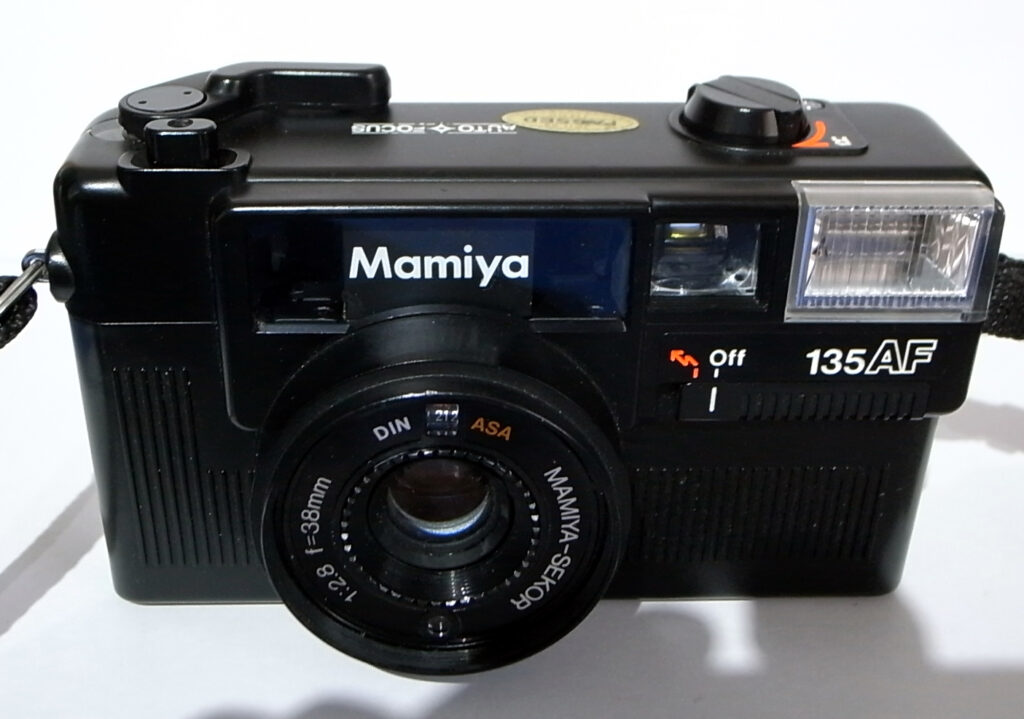Does anyone really need to read another article who’s main frame of reference is lockdown, pandemic and global economic chaos. Well, me neither, but this is all we have to talk about at the moment. So you have my apologies and my musings…
If there is one silver lining to the age of social distancing it’s the massive improvement I’ve experienced with my ability to scale focus. It’s no exaggeration to say that I was absolutely terrible at it prior to about April 2020, but it’s incredible how quickly you can work out the difference between one and two metres when it’s a matter of life and death.
I suppose that brings me nicely on to my lockdown GAS… There was a Pentax MX which was stolen within about a month of buying it, a beautiful SX70 for instant film gratification, as well as a Polaroid Spectra who’s bundles of dead film turned out to not quite be the bargain of the century, there was the half-frame Olympus EF in a bid to spend less on film and then along came the Voigtländer Vito C, which was just GAS in its purest form. Totally unnecessary, unwarranted and unexplained.
I can’t resist a camera that will disappear into a pocket and disappear this does. The Vito C is seriously no bigger than a pack of fags and has exactly four controls… A shutter (with a very satisfying response), film advance, ISO settings of 25-1000 and, my Achilles heel, scale focusing.
So why the Minox inspired Vito C? I’ve never been tempted by Minox cameras for the precise reason that they’re so small and lack rangefinders, but there was something that got me about this design. The high degree of functionalism, simplicity and the Voigtländer name defiantly emblazoned across the lens cover despite ostensibly being a Balda C35 minus the textured plastic. In fact this is something that Nigel Haycock discusses in his five frames with this very same camera.
Once unfolded the deliciously contrasty 38mm Skopar f/2.8 lens doesn’t have the short throw of something like the Olympus XA, focusing moves through 0.9, 1, 1.2, 1.5, 2, 3 and 6m before reaching infinity. In my clumsy hands, that’s a lot of room for error but somehow I seem to have been rewarded for my sins.
Have I miraculously become much better at scale focusing or are the lack of controls on the Voigtländer blessing me with smaller apertures and more forgiving depth of field? I honestly don’t know the answer, mostly because the Vito gives you no way of knowing what it’s doing. It’s taken me more than long enough to work this stuff out and, of course, it’s not worth the price of a pandemic, but it’s certainly gone some way to making me think more spatially.





Here’s five of the highlights, shot on Ilford HP5. Thanks for reading, thanks to Hamish for having me again, thanks to Analogue Films for the always excellent developing and stay safe.
Find more of my 35mm images @entitledtodance.
Share this post:









Comments
Igal on 5 Frames, Scale Focusing and a Voigtländer Vito C – By Marcus Harris
Comment posted: 10/09/2020
I think you are too humble when it comes to scale focusing. The photos look great.
While not a Voitlander, I have several versions of Minox cameras, and love them for the same reasons you do
Comment posted: 10/09/2020
eric on 5 Frames, Scale Focusing and a Voigtländer Vito C – By Marcus Harris
Comment posted: 10/09/2020
Nice camera, I have a Contax T. I will try to get one to compare, Voigtlander does not make bad things in the past and now.
Thanks for sharing and sharing about film ...;-)
Comment posted: 10/09/2020
Matthias Rabiller on 5 Frames, Scale Focusing and a Voigtländer Vito C – By Marcus Harris
Comment posted: 11/09/2020
Comment posted: 11/09/2020
Kevin Thomas on 5 Frames, Scale Focusing and a Voigtländer Vito C – By Marcus Harris
Comment posted: 13/09/2020
Comment posted: 13/09/2020
NigelH on 5 Frames, Scale Focusing and a Voigtländer Vito C – By Marcus Harris
Comment posted: 14/09/2020
Comment posted: 14/09/2020
Comment posted: 14/09/2020